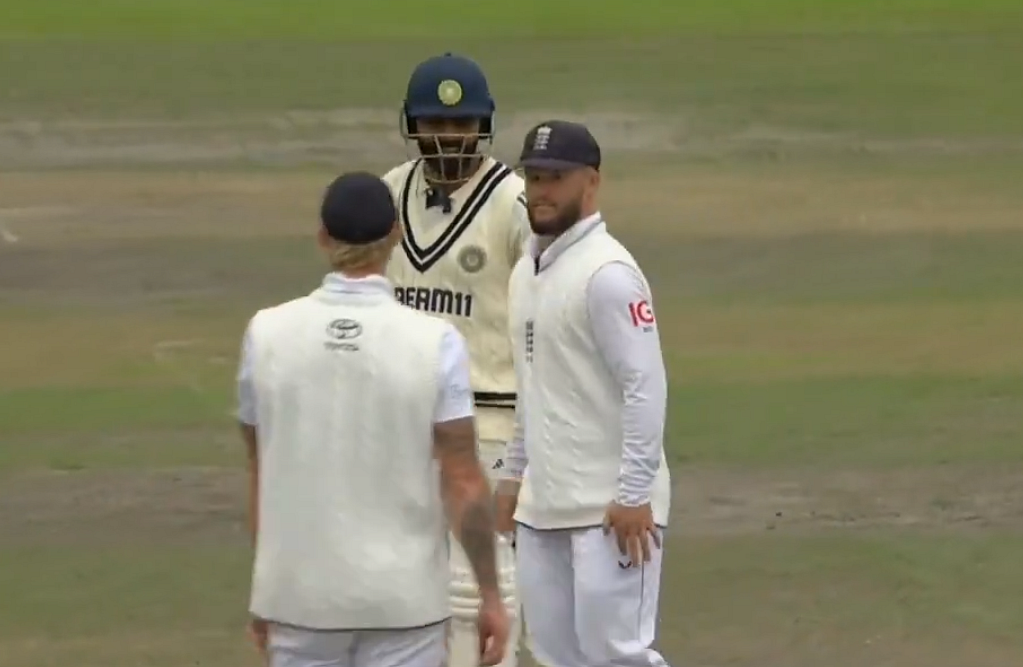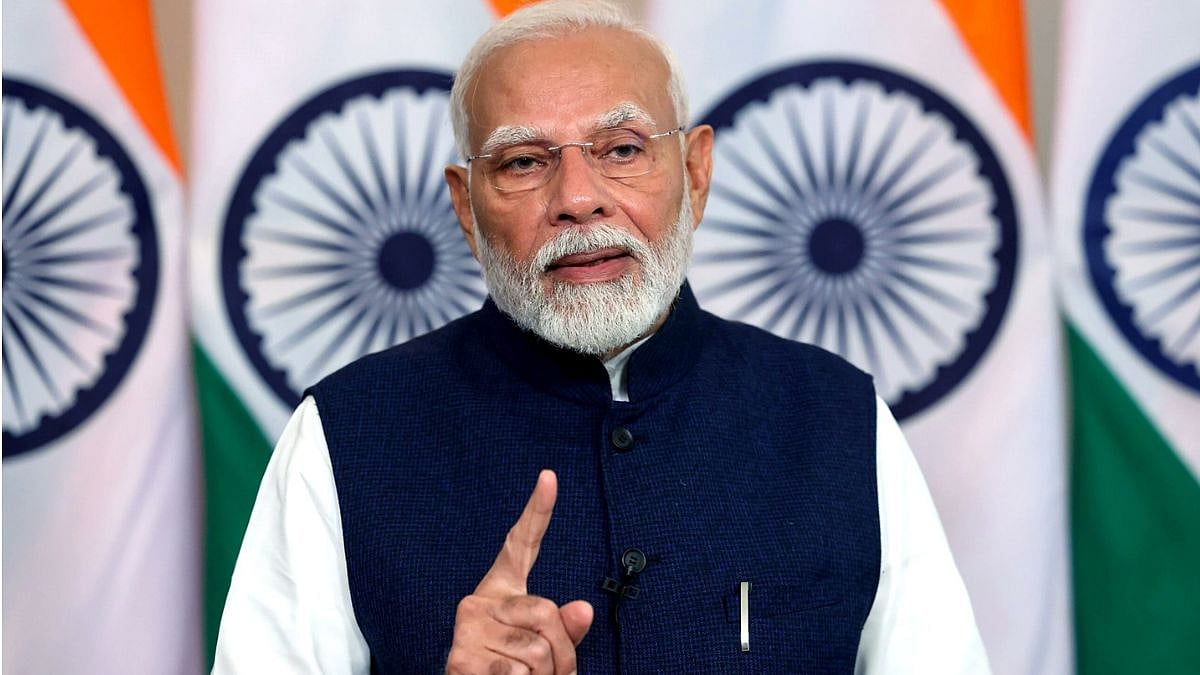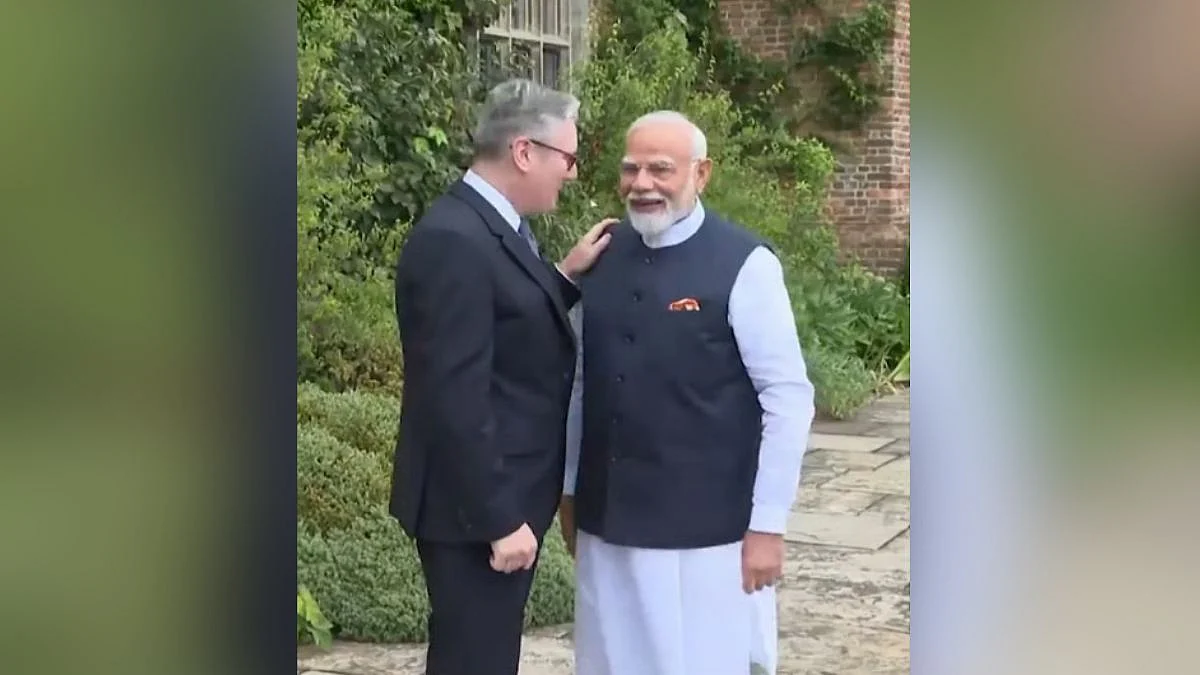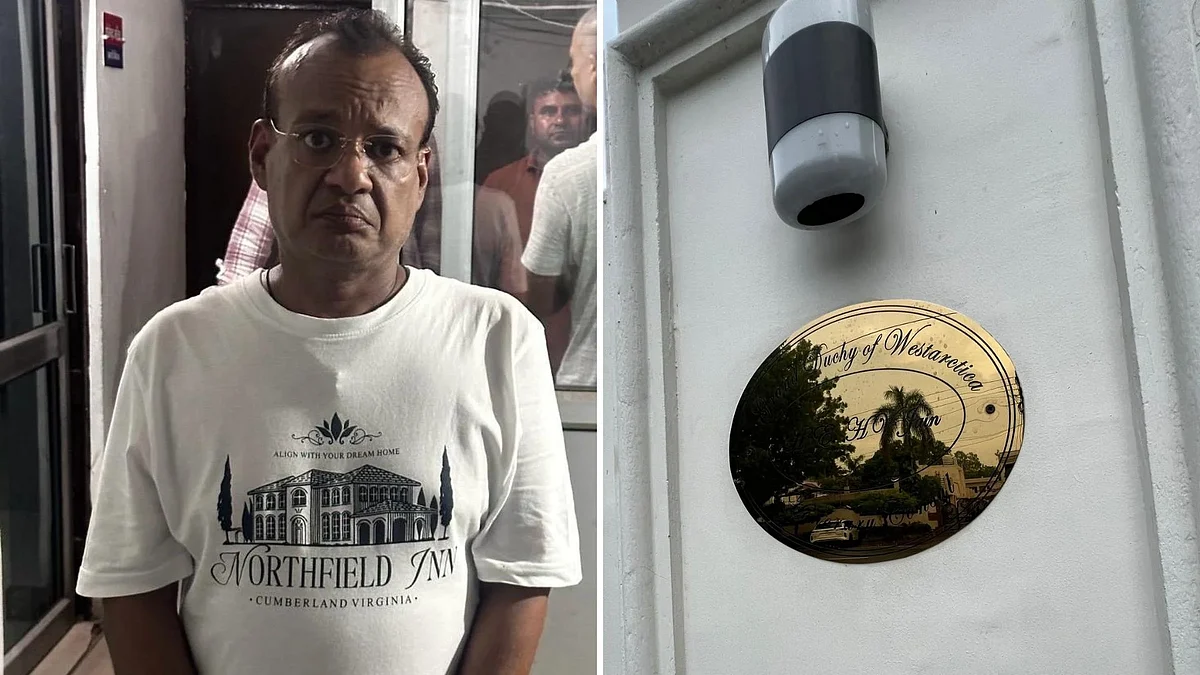The perception that the all-important Uttar Pradesh assembly elections 2022 will be a BJP vs SP contest is borne out by BSP supremo Mayawati’s baffling insouciance in the face of her rapidly fragmenting party and vote base. The awe-inspiring ‘Behenji’ and combative ‘Bua’ of yore looks less and less like a contender.
If her refusal to contest the current phase of zilla panchayat elections and seek much-needed alliances is anything to go by, Dalit votes in UP are up for grabs. The SP has, for the first time, put the Dalit voter on its agenda, reaching out to Ambedkarwadis with tactics such as ‘Dalit Diwali’ and Baba Saheb Vahini. Also in the fray, apart from the national players, are Chandrashekhar Azad’s Azad Samaj Party and the Aam Aadmi Party.
Invisible factors
The visible attentuation of the BSP in UP is not as much a matter of concern as invisible factors. The party founded by the late Kanshi Ram witnessed several splits even during his lifetime and thrived regardless. The defection of elected representatives and cadres before the 2017 UP polls to the BJP and from late 2020 onwards, to the SP, didn’t bother Mayawati. Indeed, she cleaned house herself, expelling 11 senior leaders, including associates of Kanshi Ram.
What’s different now are the intangibles - a once-incendiary leader who seems to have lost the fire in her belly, a doyenne of social engineering who has completely failed to come to grips with the altered political terrain and a hitherto fearless politician who seems intimidated by the BJP.
After a comprehensive defeat in the 2019 Lok Sabha polls, despite her alliance with the SP, she withdrew from the scene. Where once she would have fiercely toured the state, raining epithets on her rivals, inspiring party workers and connecting with voters, she has limited herself to social media posts. Her remoteness from the cadre, lethargy vis-a-vis electoral challenges and high-handedness in appointing her London-returned nephew Akash Anand as national coordinator has further upset the party.
Looking like a non-starter
The intriguing question is why, when the BSP has consistently outdone the SP in terms of vote share – the 2012 assembly election excepted - and won twice as many seats in Lok Sabha 2019, does it look like a non-starter and the SP appears the main challenger?
Analysts have suggested that Mayawati is out of touch with contemporary ground realities. Her very success in mobilising the ‘bahujan’ politically has boomeranged. The struggle against upper caste domination is now a struggle for economic and social parity and newly aspirational young Dalits have turned to the BJP, and to some extent, Chandrashekhar.
From a high of 30 per cent in 2007, the BSP’s vote share fell to 26 per cent in 2012, thanks to an anti-incumbency wave. But it was 2014 that proved a watershed year. At the national level, the BJP gained 12 per cent more Dalit votes, while the BSP saw a decline of six percentage points, as compared to 2009. Meanwhile, the AAP took away a big chunk of Dalit votes in both Delhi and Punjab. In UP, the BJP won 18 per cent of the Jatav and 45 per cent of the anti-Dalit votes.
No tie-ups
At the same time, the electorally successful Dalit-Muslim-Brahmin combine that had worked so well for the BSP fell apart, with the upper castes defecting en masse to the BJP. The BSP slipped to 22 per cent in 2017 and 19.3 per cent in 2019. Without shoring up her core constituency with votes from other communities, Mayawati’s winnability quotient is low. From that perspective, her refusal to enter into tie-ups that can help build social coalitions is perplexing, particularly as the BSP has historically benefited from alliances.
However, Mayawati chose to burn her boats with the SP, by blaming the party for the gathbandhan’s poor showing in 2019. The fact is that the BSP was less successful in transferring votes to its alliance partner than the SP, with the result that the former won 10 seats to the latter’s five.
Where does the BSP go from here? The party cannot be written off by any means. It may have won only 19 seats in 2017, but it came in at number two, being the runner-up in 120 seats and was in the third place in the rest. If Mayawati is to remain relevant, she has to emerge from her relative political isolation and return to the field. She must also allay fears that her party is the ‘B’ team of the BJP. In addition, she must amend her style of functioning and find ways of connecting with the younger demographic.
The writer is a senior journalist with 35 years of experience in working with major newspapers and magazines. She is now an independent writer and author






.jpg)



